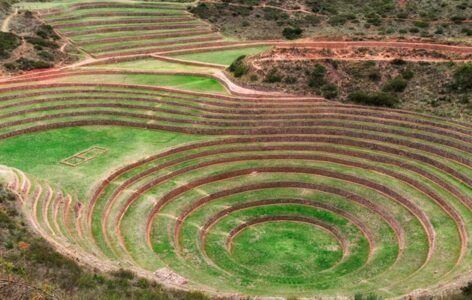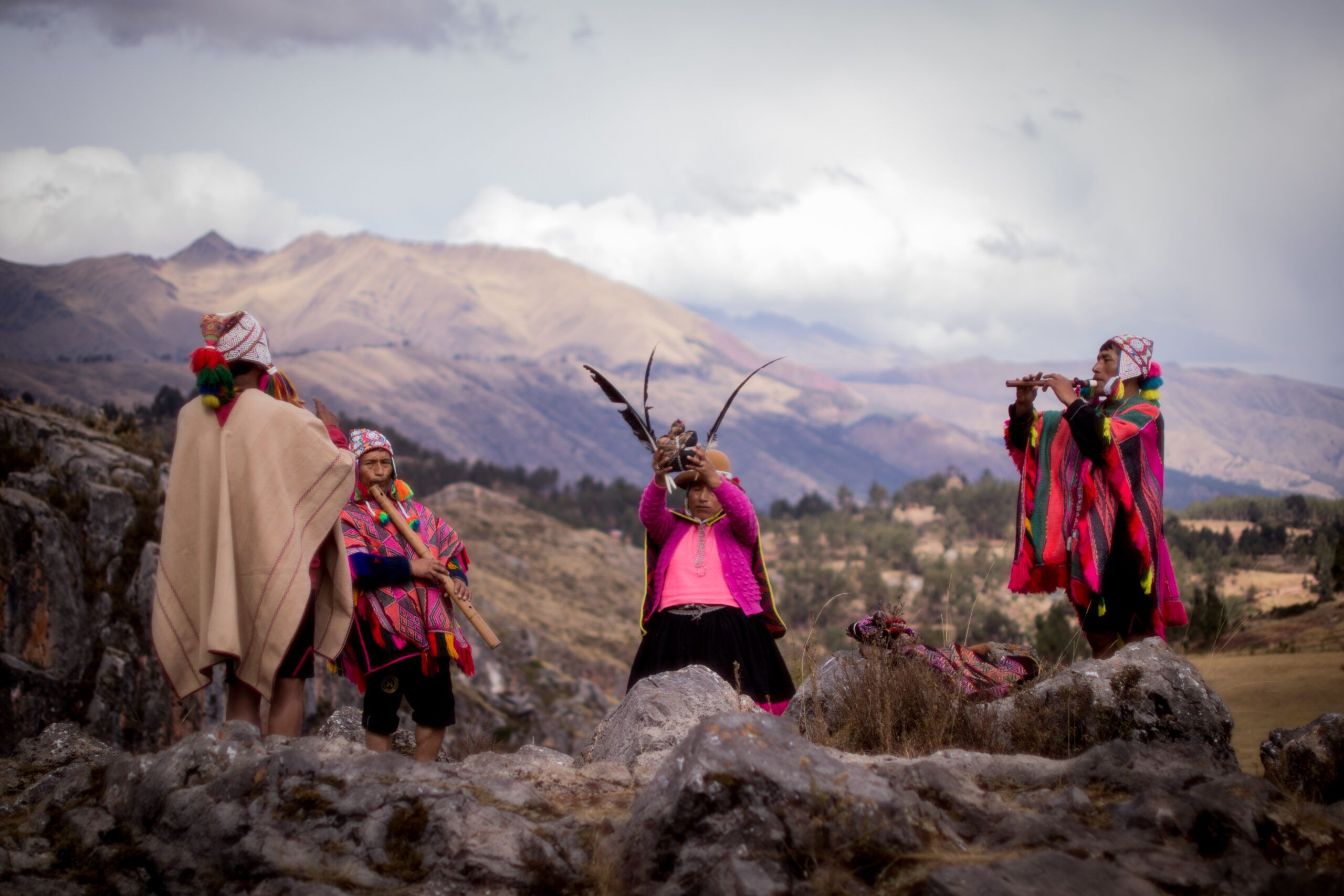In the misty highlands of Peru, where the Andes meet the clouds, a legendary bird inspires awe and cultural reverence—the Colibrí Gigante (Giant Hummingbird). Known scientifically as Patagona gigas, this remarkable bird is not only the largest hummingbird in the world but also a powerful symbol in Andean cosmology.

Beyond its biological wonder, the Colibrí Gigante has influenced traditional dances, myths, and textile art across Peru, particularly in Ayacucho, Cusco, and Apurímac.
The Giant Hummingbird: A Natural Wonder
Fast Facts About the Giant Hummingbird
- Size: Up to 22 cm (8.7 in) long—twice the size of most hummingbirds.
- Habitat: High-altitude shrublands (2,000–4,300 meters) in the Andes.
- Unique Trait: Unlike smaller hummingbirds, it cannot hover continuously and often perches while feeding.

For Indigenous communities, the Colibrí Gigante is more than a bird—it’s a messenger between worlds, a symbol of resilience, and a guardian of flowers.
Mythological Significance
In Andean oral traditions, the hummingbird holds sacred meaning:
- Inca Beliefs: The Colibrí was considered a bringer of rain and a mediator between humans and the gods (Apus).
- Quechua Legends: Some stories say the bird’s rapid wings carry prayers to the spirits.
- Textile Symbolism: Its image appears in traditional weavings (q’eros textiles), representing agility and connection to the divine.

Anthropologist Franklin Pease (1992) documented how pre-Columbian cultures linked hummingbirds to fertility and celestial energy.
The Giant Hummingbird Dance: A Living Tradition
In festivals across Peru, dancers embody the Colibrí Gigante in vibrant performances.
Key Features of the Dance

References
- Pease, F. (1992). Los Últimos Incas del Cusco. Editorial Horizonte.
- Schulenberg, T. (2010). Birds of Peru. Princeton University Press.
- Peruvian Ministry of Culture. (2020). Danzas Tradicionales del Perú.



